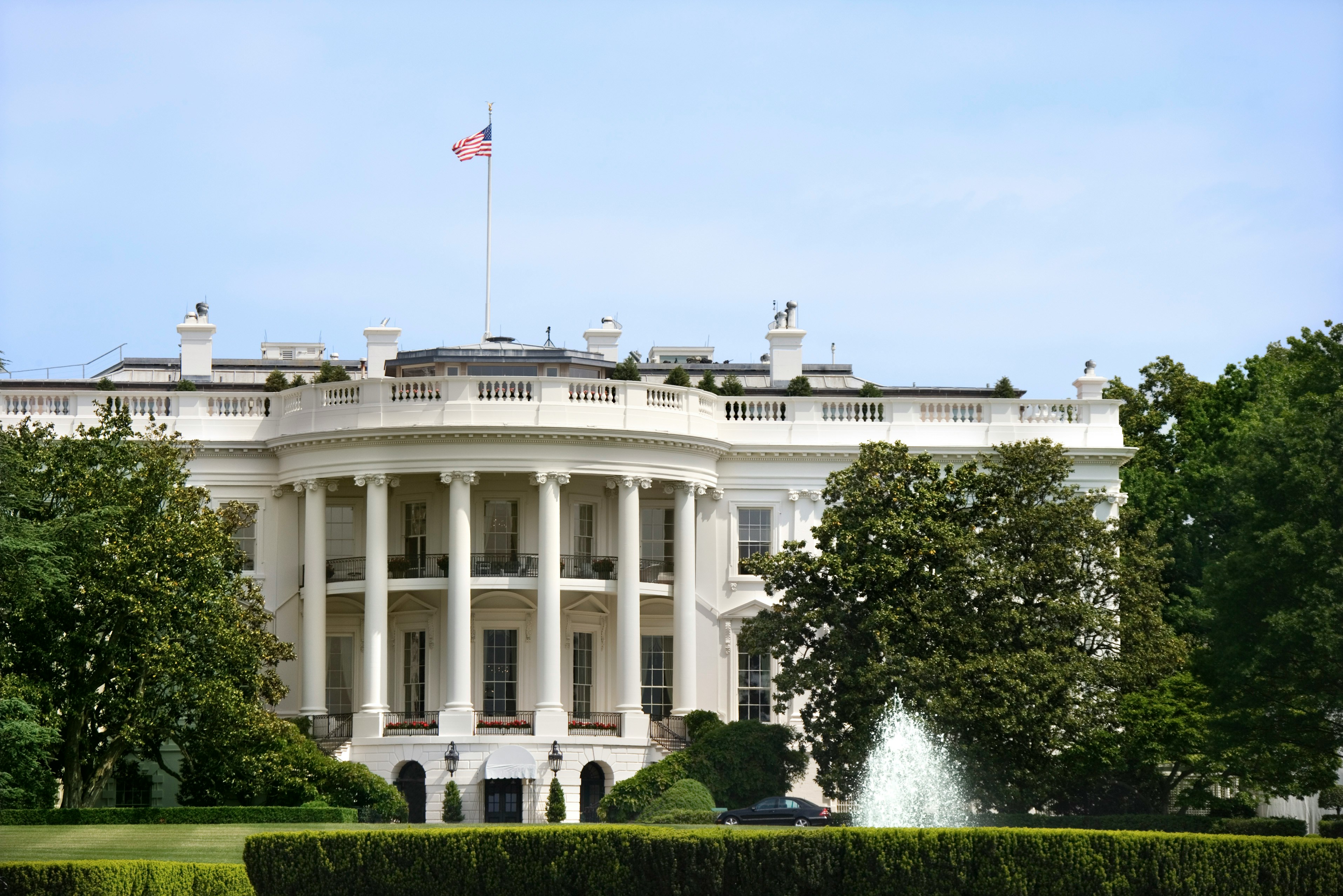New U.S. Tariffs on India Over Russian Oil Imports

U.S. President Donald Trump has authorized a new 25% tariff on goods from India, citing the country’s continued imports of Russian energy as the reason. The announcement was made just hours after U.S.-Russia talks regarding the Ukraine conflict failed to yield progress. The White House said the new tariffs will begin within 21 days and are in addition to the already scheduled country-specific duties.
According to analysts at Braemar, the move could make Indian refineries more cautious in sourcing oil. The Nayara refinery, which is partially owned by Russia’s Rosneft and a significant buyer of Russian crude, had already reduced output following EU sanctions imposed in mid-July.
Braemar also suggested that Indian refiners might look to increase purchases of American crude to potentially secure relief from the new U.S. tariffs. “If India replaces Russian crude barrels fully, we can expect to see employment of younger ships rising,” Braemar noted in a client update. So far in 2025, over 58% of Russian oil shipments to India have been transported on vessels over 18 years old—compared to just 10% in 2021 before the Ukraine conflict began.
Russia has become a major supplier of oil to India, accounting for about a third of its crude imports, up from just 2% before 2022.
In a separate analysis, broker Gibson highlighted the economic risks for countries continuing to align with Russia. “The value of goods exported from China, India, Brazil and Turkey to the United States far outweighs the value exported to Russia,” the firm noted, warning that these nations could feel pressured to adjust their trade behavior if secondary tariffs are imposed. However, Gibson added that China is unlikely to shift its stance under American pressure.
Gibson also predicted that both buyers and sellers might seek ways to bypass the new trade restrictions, possibly turning to more opaque or “dark” trading practices to keep shipments flowing.
Meanwhile, data from broker BRS shows that the so-called grey tanker fleet—often used to move sanctioned cargoes—has been expanding rapidly, growing by approximately 30 tankers per month this year despite intensified Western sanctions.
Trump’s tariff on India is part of a broader wave of duties now in effect on over 90 countries. Just before the new rules kicked in, Trump posted on social media: “IT’S MIDNIGHT!!! BILLIONS OF DOLLARS IN TARIFFS ARE NOW FLOWING INTO THE UNITED STATES OF AMERICA!”